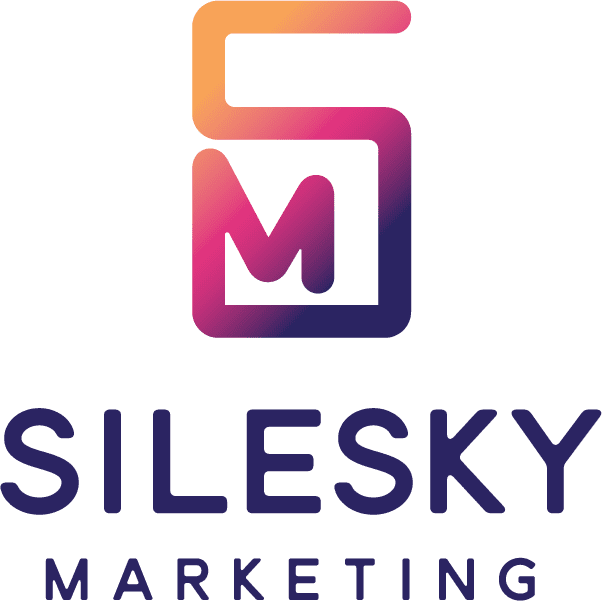16 Dec Why Blogging is Better Than Paid Ads
Posted at 04:06h
in
Marketing
by Susi
In today’s digital landscape, businesses are constantly vying for consumer attention. The methods employed to capture this attention range from traditional advertising to modern digital marketing strategies. Two prevalent avenues for gaining visibility and engagement are blogging and paid advertising. While both possess their unique strengths, the merits of blogging often outweigh those of paid ads in numerous ways. Understanding why blogging is better than paid ads is crucial for optimizing long-term marketing strategies.
Building Long-Term Credibility and Authority
Blogging: A Foundation for Trust
Blogging serves as an invaluable tool for establishing a brand’s credibility and authority within its niche. By consistently delivering valuable, informative, and relevant content, a blog becomes a go-to resource for consumers seeking information. Over time, this steady flow of quality content nurtures trust and reliability, fostering a loyal readership base.
Moreover, blog posts offer the opportunity to showcase industry expertise, thereby positioning the brand as a thought leader. Through in-depth analyses, tutorials, case studies, and informative articles, businesses can demonstrate their knowledge and proficiency, ultimately gaining the trust and respect of their audience.
Paid Ads: Instant Visibility, Short-Lived Impact
Paid ads offer immediate visibility but have a transient impact. Despite placing brands directly in front of their target audience, once the campaign ends or the budget exhausts, the visibility diminishes. While effective for immediate traffic, paid ads lack the sustained credibility-building aspect found in blogging.
Cost-Effectiveness and Sustainability
Blogging: Cost-Efficient and Sustainable
Blogging is a cost-effective and sustainable approach to marketing. With minimal investment in comparison to paid ads, businesses can create a compendium of evergreen content that continues to drive organic traffic long after it’s published. Well-optimized blog posts can rank in search engines, generating continuous traffic without additional spending, thus providing ongoing returns on the initial investment of time and effort.
Paid Ads: Budget-Dependent and Temporary
Paid advertising demands a substantial budget to maintain visibility. The moment the ad spend ceases, the visibility and traffic plummet. The sustainability of paid ads is contingent upon the continuous allocation of resources, making it a more costly long-term strategy compared to blogging.
Organic Traffic and SEO Benefits
Blogging: Organic Reach and SEO Advantages
Blogging significantly contributes to organic traffic. High-quality content optimized for search engines aids in improving a website’s search ranking, driving organic traffic over time. Through strategic keyword usage, regular content updates, and backlink acquisition, blogs enhance a website’s SEO, attracting qualified leads and potential customers organically.
Paid Ads: Limited SEO Impact, Reliance on Budget
While paid ads can provide immediate traffic, they do not contribute to a website’s organic ranking. Once the ad campaign ends, the website’s visibility is solely reliant on its organic SEO efforts. Paid ads offer little to no lasting SEO benefits, making them less advantageous in the long run compared to blogging’s consistent and sustainable impact on search rankings.
Audience Engagement and Relationship Building
Blogging: Fostering Engagement and Relationships
Blogs create opportunities for interaction and engagement with the audience. Comments, social shares, and feedback from readers facilitate a dialogue between the brand and its customers. This interaction fosters a sense of community, enabling businesses to understand their audience better, address their concerns, and tailor content to meet their needs. Such engagement fosters long-term relationships and brand loyalty.
Paid Ads: Limited Interaction, Transactional Nature
Paid ads typically lack the interactive element found in blogging. They function on a transactional basis, aiming to drive immediate action rather than fostering ongoing engagement or relationship-building with the audience. While effective in driving conversions, they often miss the chance to establish a deeper connection between the brand and its consumers.
Flexibility and Diversification of Content
Blogging: Diverse Content Formats and Flexibility
One of the significant advantages of blogging lies in its flexibility to experiment with diverse content formats. Blogs aren’t limited to textual content alone; they offer the versatility to incorporate various media types such as infographics, videos, podcasts, and interactive content. This diversity in content formats allows brands to cater to different audience preferences, appealing to visual, auditory, and interactive learners.
Furthermore, the flexibility of a blog enables brands to explore a wide range of topics within their niche. They can cover trending industry news, evergreen how-to guides, opinion pieces, or even behind-the-scenes glimpses into their operations. This variety keeps the content fresh and engaging, catering to the diverse interests of the audience while showcasing the brand’s multifaceted expertise.
Paid Ads: Limited Format and Message Constraints
Paid ads commonly face constraints in format and messaging due to limited space. These restrictions often hinder conveying comprehensive information or engaging storytelling, which can impact brand perception and connection with the audience.
Ownership and Control of Brand Narrative
Blogging: Ownership of Brand Storytelling
Blogging allows brands to take ownership of their storytelling. Through blog posts, brands can articulate their narrative, values, and mission in a comprehensive manner. They have control over the tone, style, and messaging, enabling them to craft a compelling brand story that resonates with their audience. This narrative control is pivotal in shaping how the brand is perceived and remembered by its audience.
Additionally, owning a blog means owning the platform. Unlike paid ads that are hosted on third-party platforms, a blog resides on the brand’s website. This ownership ensures full control over content visibility, design, and user experience, reducing dependency on external platforms and algorithm changes that might affect reach and visibility.
Paid Ads: Reliance on External Platforms and Messaging Constraints
Paid advertising relinquishes control over the platform where the ad is displayed. Brands are subject to the rules, algorithms, and changes imposed by the advertising platform. This lack of control can pose risks, as changes in algorithms or policies might affect ad performance or visibility, leaving brands at the mercy of the platform’s decisions.
Moreover, due to the limited space in ads, the brand’s narrative and storytelling are often condensed, making it challenging to convey a comprehensive brand message or evoke an emotional connection with the audience.
Final Thoughts
Blogging emerges as a multifaceted marketing strategy that not only offers flexibility in content creation but also grants brands ownership over their narrative and platform. Its adaptability, ability to diversify content, and control over brand storytelling make it a superior choice over the constrained formats and narrative limitations imposed by paid advertising. By leveraging the strengths of blogging, brands can establish a deeper connection with their audience, convey a comprehensive brand story, and sustainably grow their online presence.
Moreover, the guidance and expertise of a skilled marketing professional can significantly enhance the efficacy of a blog. Relying on a marketing professional to oversee blog strategies ensures consistent quality, strategic planning, and optimization for audience engagement. These professionals possess the knowledge to craft compelling content, conduct keyword research, implement SEO strategies, and analyze metrics to refine the blog’s performance. Their insights and experience contribute immensely to achieving the blog’s objectives, maximizing its impact, and aligning it with broader marketing goals. Collaborating with marketing professionals empowers brands to navigate the dynamic digital landscape effectively, driving the blog’s success and amplifying its influence within the target market.





Sorry, the comment form is closed at this time.